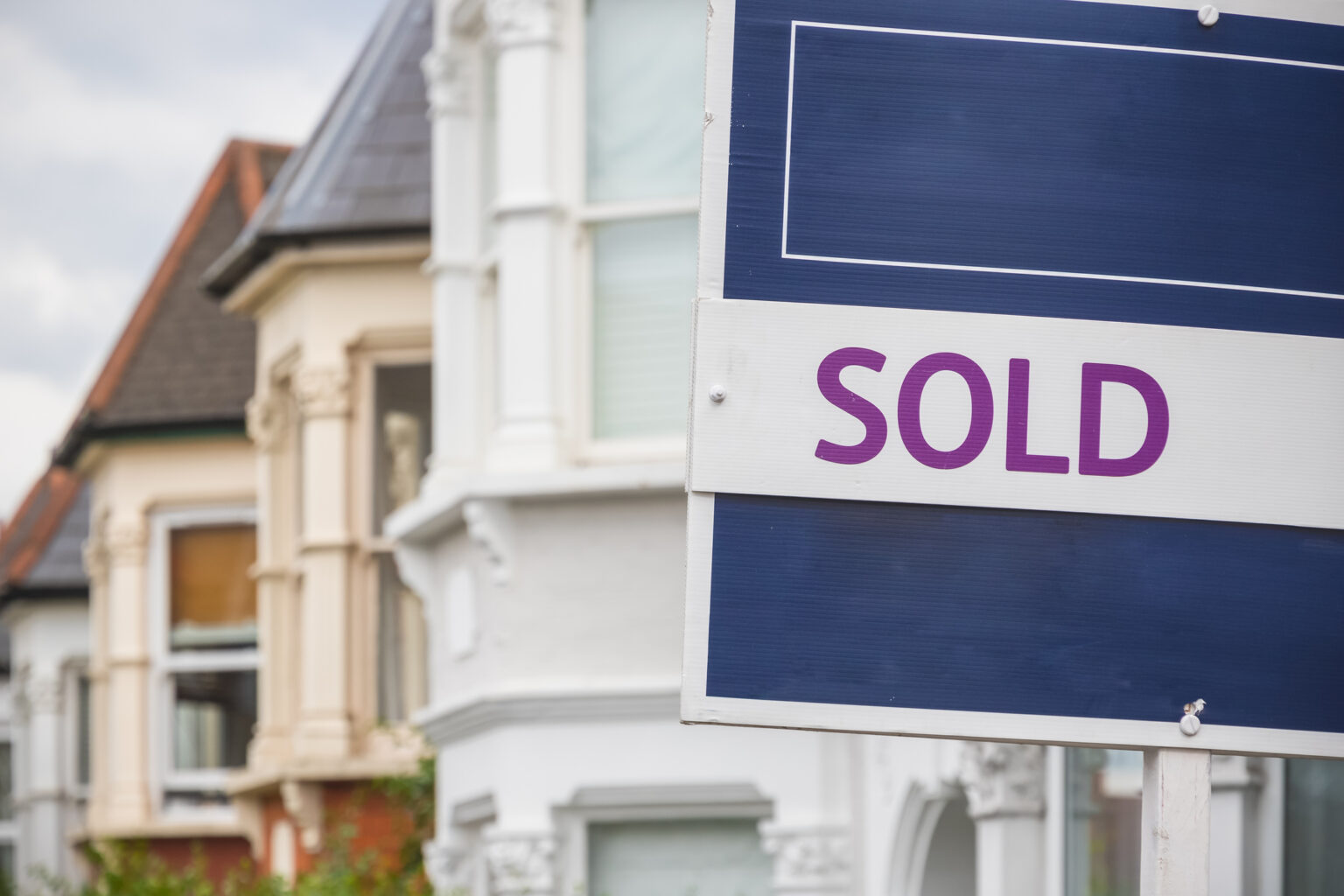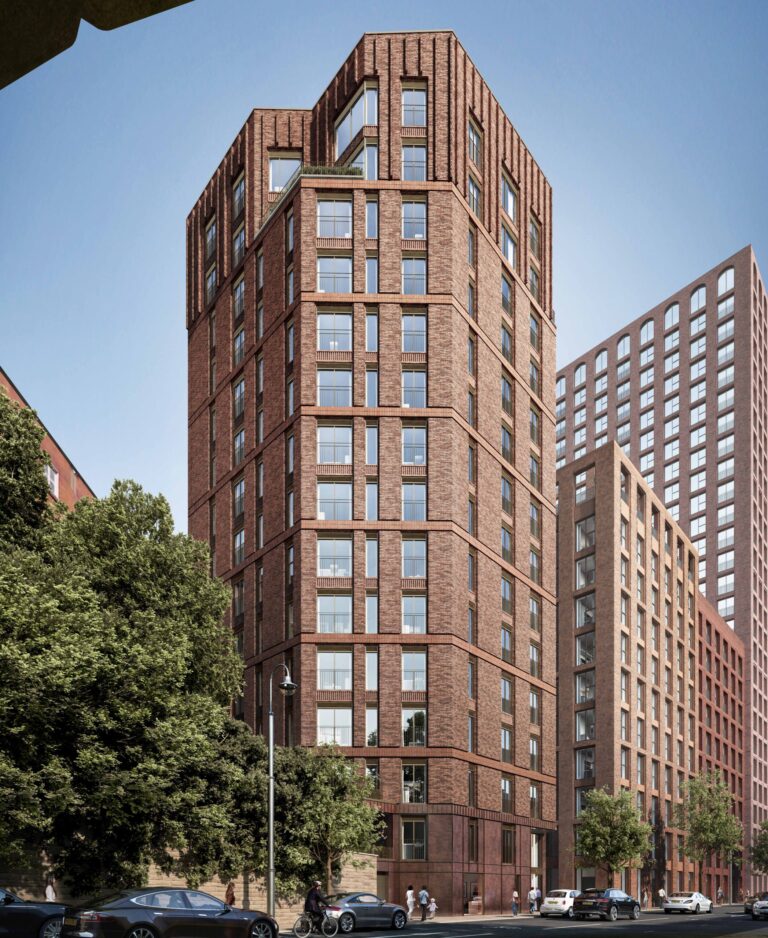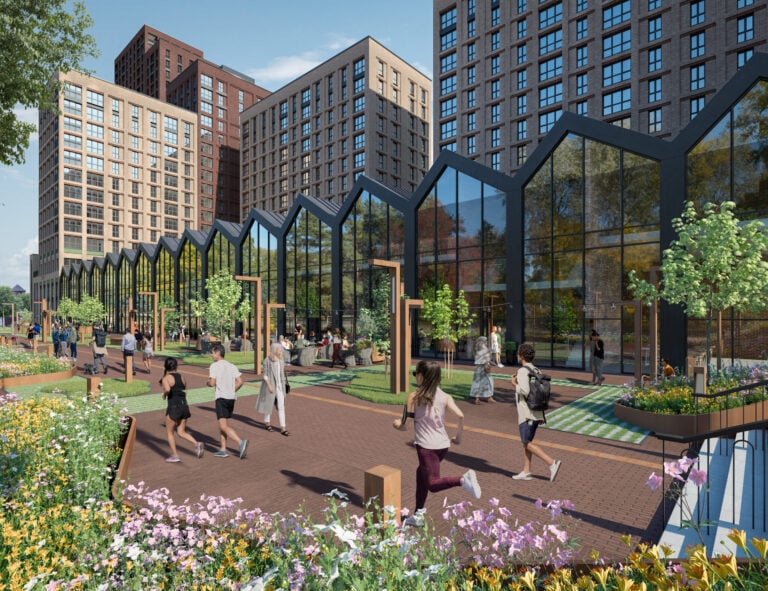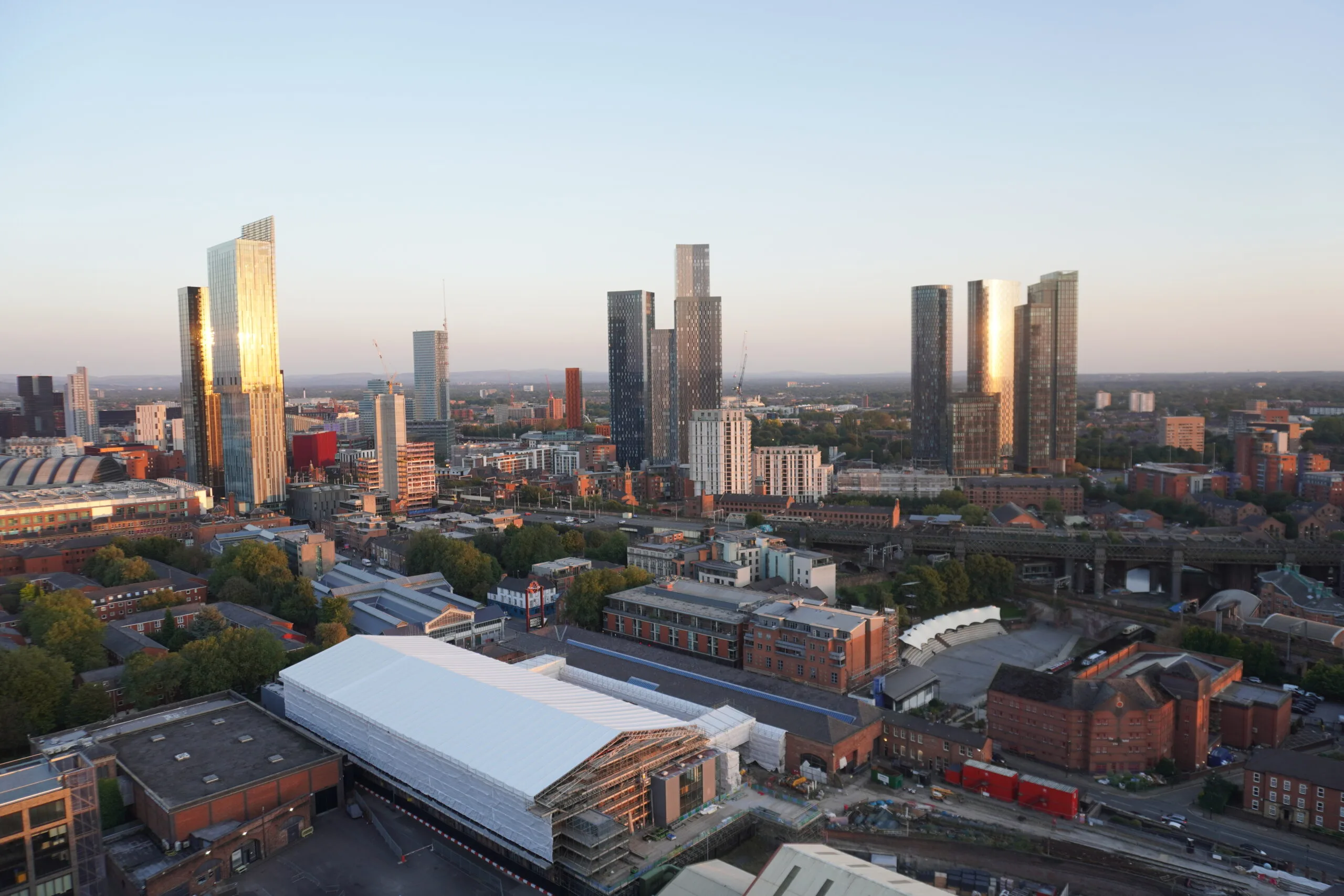With the number of homes for sale now at a seven-year high, buyers are increasingly keen to progress with sales in the fast-paced UK housing market.
Almost 500,000 properties were listed for sale in the second quarter of this year, according to figures from TwentyEA, which is a 4% rise on last year’s figures and marks the highest level since 2018.
At the same time, UK housing demand is also on the rise, with the number of homes with sales agreed growing by 7% over the past year. Overall residential transactions have also surged to 30% higher than in Q2 2024.
However, the report also noted a slowdown in exchanges between the first and second quarters of this year, which it describes as a “predictable” outcome of the rush for buyers to get their purchases over the line before 31st March, ahead of new stamp duty thresholds taking effect on 1st April.
Still, the figures demonstrate the UK housing market’s strong and “sustained momentum” at the moment, with the potential for further increases in activity amid predictions of interest rate falls in the coming months.
Manchester is one of most buoyant markets
The North West of England recorded the largest growth in sales agreed in TwentyEA’s report, with a rise of 10% annually followed by Wales at 9.6%.
On a city level, Manchester was the standout location with a 15% surge in sales agreed in the latest results. Cardiff (11%), Edinburgh (11%) and Birmingham (10%) were other top city performers across the UK housing market.
At the same time, inner London showed signs of struggle, with a slowdown of -3.6%. The report notes: “This decline is due to a combination of economic, policy and market-specific factors. Increasingly, the capital is becoming “decoupled” from the rest of the UK housing market.
“Inner London properties are typically more expensive and tend to be financed through larger mortgages. Despite recent reductions, borrowing costs remain high, making affordability an issue.”
Another factor is the fact that inner London homeowners tend to be wealthier, with less pressure to sell. This means they’re less likely to drop the price in order to achieve a sale, with many opting to withdraw their property from the market, creating a fall in transaction volumes.
The stamp duty bill is also much higher for more expensive properties, and this could have a knock-on effect in these much pricier locations.
UK housing market spurred on by mortgage rate falls
The UK housing sector has largely adapted to the relatively recent higher mortgage rates on offer compared with pre-2022. One effect has been to boost appetite in more affordable areas, where lower levels of borrowing may be required.
However, the mortgage outlook has been improving over the course of this year, despite the Bank of England holding the base rate at 4.25% in the latest announcement when many had hoped for a fall.
Lenders have not only been dropping their rates and enhancing their products to entice borrowers, but they have also been relaxing their affordability criteria, proving more opportunities for buyers.
TwentyEA’s report notes that, according to Bank of England figures, almost 4.9% of lending was over 90% loan to value (LTV), and at an income multiple above 2.75% – which marks the highest level since 2008.
This is expected to create more momentum in the UK housing market, which will be “reinforced by a steady reduction in mortgage rates“, with the latest forecasts pointing to the base rate being dropped to 3% over the next 12 months.
Alex Bannister, independent board adviser and former director of future ventures at Nationwide, said: “The post stamp duty slowdown may persist for a bit longer and price sensitivity will remain, but the overall picture is of a market which has and will maintain momentum through the rest of the year.”










